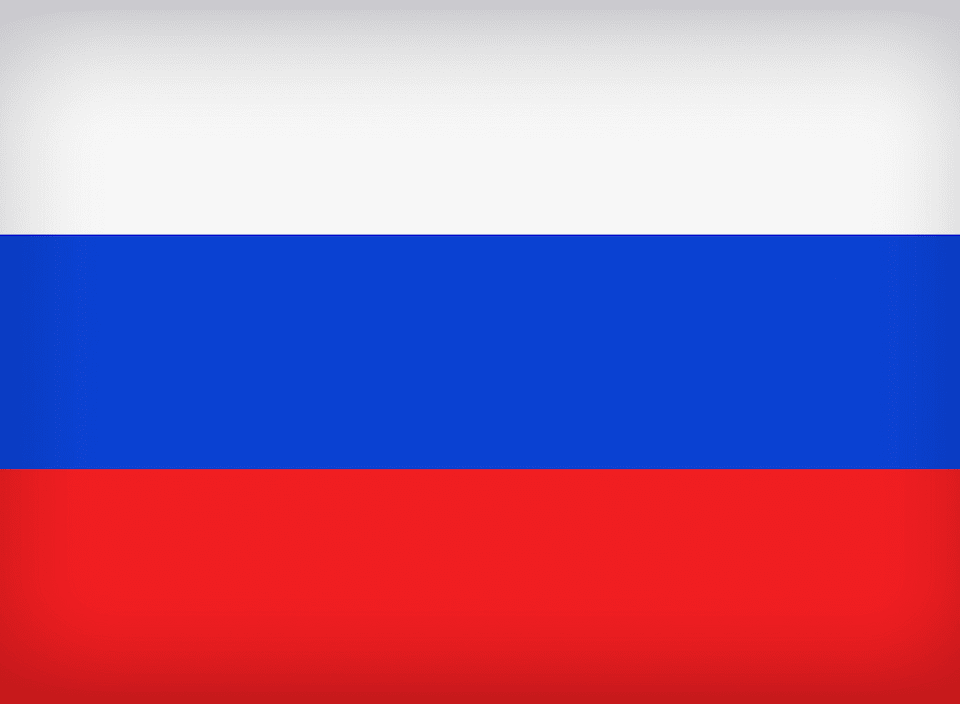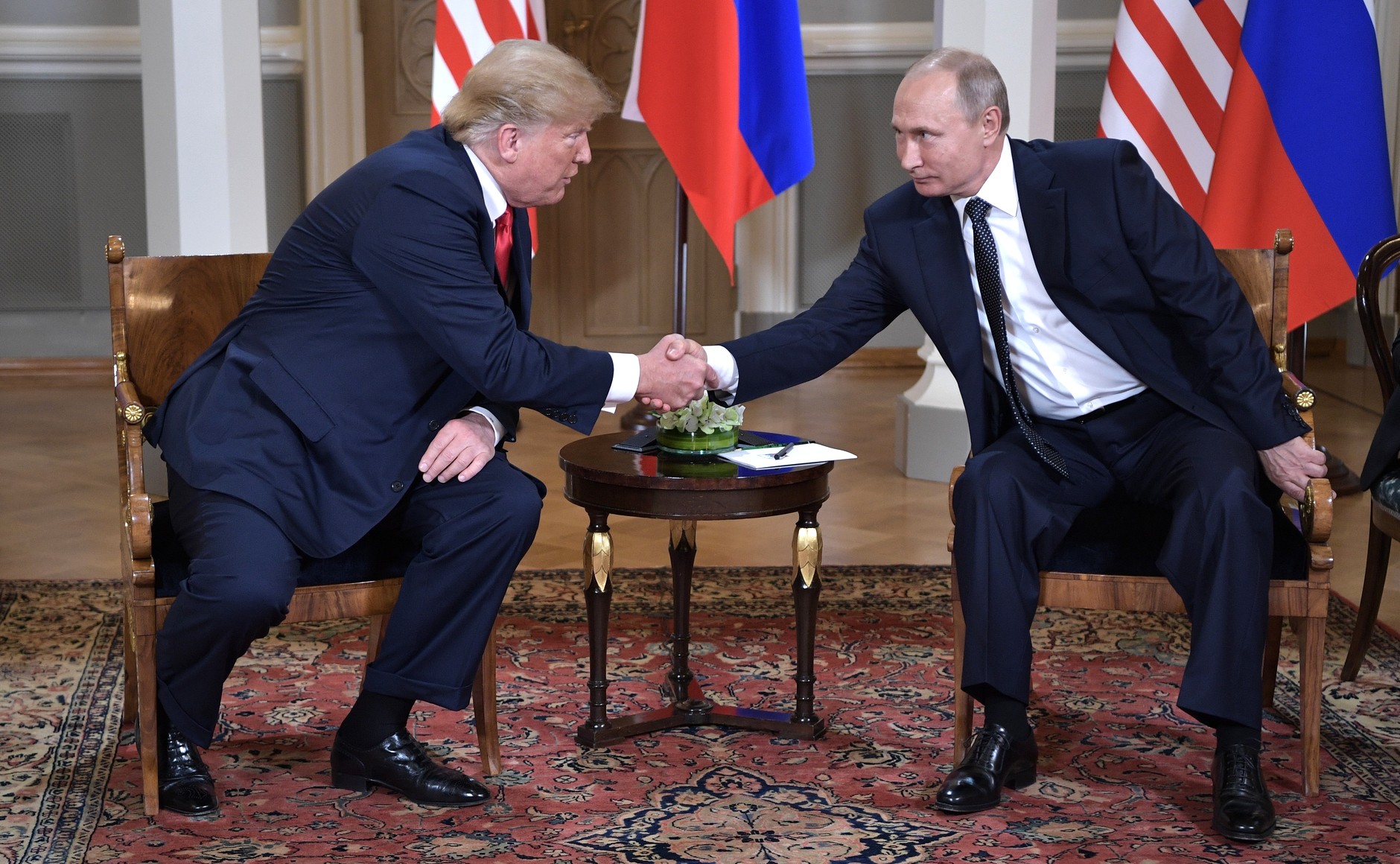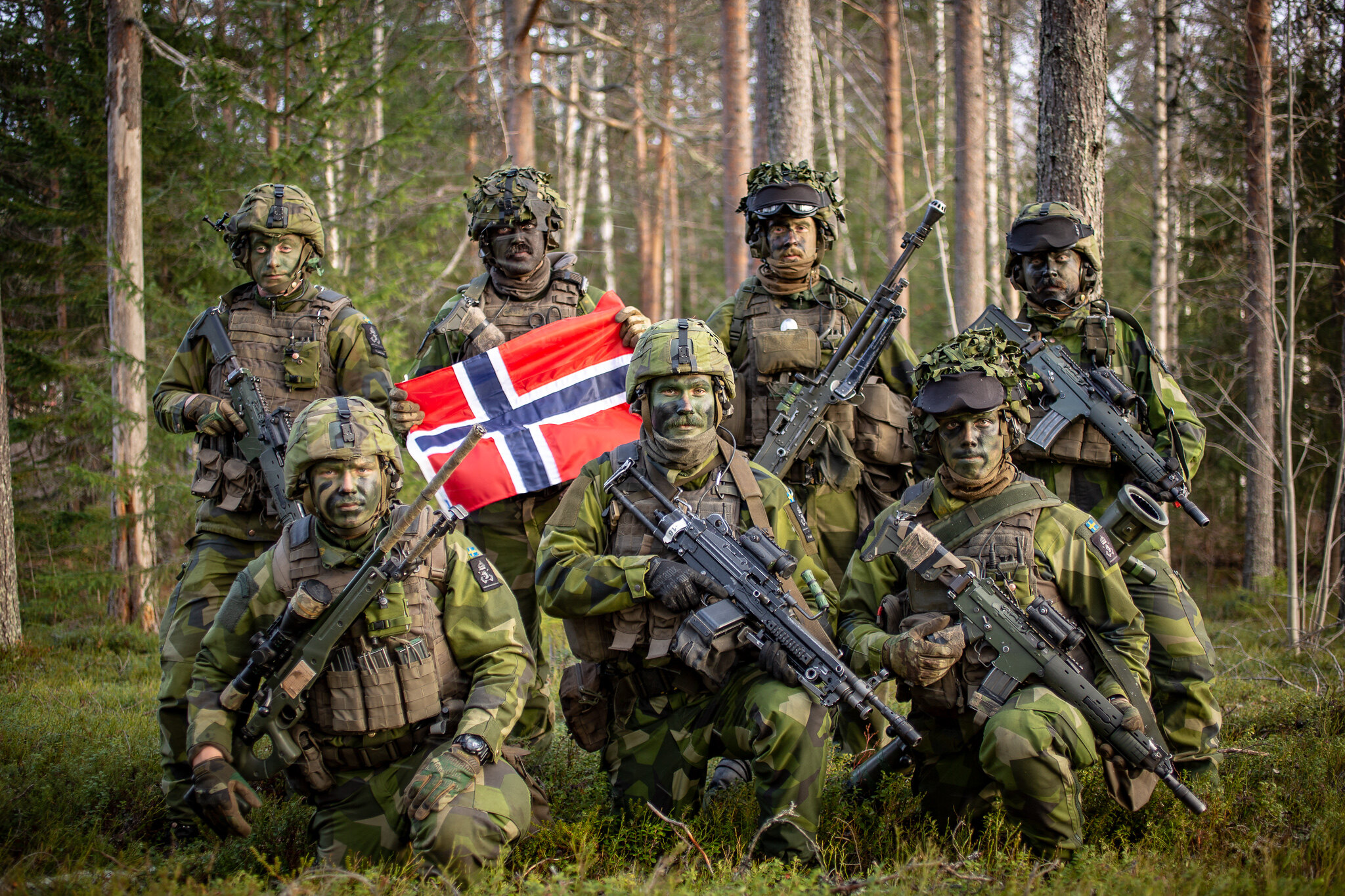The first official high-level talks between the U.S. and Costa Rica in 17 years caused mixed assessment.
«Mr. President, it’s great to welcome you back to the White House, it’s great to be by your side again,» US President Joseph Biden read out a greeting to his Costa Rican counterpart Rodrigo Chaves Robles in front of an astonished audience, without taking his eyes off the crib sheet. Thus, with embarrassment, began the first in 17 years visit of a Costa Rican president to the United States.
At the same time, the guest suggested «common aspirations» for discussion to the Oval Office master. He pointed to migration and the fight against drug trafficking and cybercrime as key areas of cooperation between the two countries.
The visit of Mr. Chaves to Washington took place against the backdrop of a strong flow of migrants from Latin America and the Caribbean (LAC) to the United States. Costa Rica is one of the countries that refugees are crossing like locusts on their way to the southern border of the United States. According to official figures, the number of refugees from Panama alone through Costa Rica has tripled in recent weeks to as many as 3,000 a day.
The number of migrants crossing the dangerous Darien Gap on the Panama-Colombia border, which serves as a barometer of the migratory flow in Central America, has already set a new record in the first eight months of this year. According to SENAFRONT, the National Border Guard Service, 331,023 people crossed the jungle between January 1 and August 28, 2023, about 20% of them children and adolescents. Most of the refugees are Venezuelans, Haitians and Ecuadorians, but there are also people from Asia and the Middle East, and even Ukraine and Russia.
«Darien is not a migration route or even a tourist destination, it is a jungle,» says the Panamanian organization Canalera nation, where «travelers» face not only natural dangers but, more terrifyingly, human traffickers and organized crime gangs.
President Chaves emphasized at a White House meeting that «the migration burden is very costly for a country that seeks to provide health, education and security services» to its own citizens, but they are now joined by hungry and aggressive crowds of refugees. About 12% of Costa Ricans are already migrants and they are mostly undocumented and have no profession, according to the president. And the vast majority of migrants also have no means of livelihood, which makes life difficult for the local population and leads to conflicts, increased crime and drug addiction.
A recent UN study found that «hate speech against migrants» in Costa Rica has increased to 50% — half of the country’s citizens do not want refugees in their country and demand the most serious punishment of migrant bums.
Of course, the head of Costa Rica turned for help to Washington, which already has a rich experience in «solving» migration issues and for which «the colored people’s lives matter.»
President Biden found in the cheat sheet the place where it was mentioned about the inclusion of Costa Rica among the countries in which the U.S. is going to open the so-called Secure Mobility offices — an innovation of the Biden administration’s migration policy, which involves the creation of processing centers for legal entry into the U.S. and other countries. This program also provides for the launch of a web portal that will allow people to register and apply for legal assistance in preparing appropriate documents for temporary or permanent citizenship.
Experts have assessed this as another ploy by the Biden administration. First, the creation of Secure Mobility will allow the U.S. Border Patrol to filter and send back unwanted and dangerous migrants far from its borders. And, secondly, it will put the main burdens of «communicating» and detaining migrants on the governments of other countries.
In short, Biden has shifted the burden of his own migration problems to San Jose. Helping to fight drug trafficking and cybercrime is a different matter. Here, to a greater extent than even with the painful migrant problem, the interests of U.S. national security are affected.
Costa Rica, a country of approximately 5.5 million people, is also facing an increase in crime and, in particular, homicides linked to drug trafficking. The country, which remains one of the transshipment points for cocaine from South America to the U.S., is increasingly becoming a drug consumer, with the younger generation suffering the most. The influence of Mexican and Colombian drug cartels has led to a dramatic increase in crime in this once most peaceful Central American country. While a record 656 criminal cases were reported in 2022, the first half of 2023 has already seen a 42% year-on-year increase.
In February this year, the U.S. gave Costa Rica $13.7 million worth of security equipment, including three surveillance drones. Biden promised to help train a special force to fight drug trafficking, and Chaves promised to increase the number of police officers in his country, which has no regular army.
According to the U.S. Embassy in San Jose, a $13.8 million security assistance package is in place to combat transnational criminal organizations and $25 million has been allocated to strengthen Costa Rica’s cyber defenses.
The latter is what worries San Jose the most. Last year, narrowly missing Rodrigo Chavez’s inauguration as president, Costa Rica suffered an unprecedented cyberattack. In April 2022, online ransomware groups Conti and Hive hacked into Costa Rica’s Ministry of Finance and Social Security Fund.
Between May and December 2022 alone, the Computer Security Incident Response Center in Costa Rica, led by the Ministry of Science, Innovation, Technology and Communications (MICITT), processed more than 700,000 cyber risk alerts in 167 government agencies.
In turn, Fortinet’s Global Threat Landscape report recorded more than 770 million cyberattack attempts in Costa Rica in the first six months of 2023.
Shortly before the visit of President Chaves to the United States, Costa Rica was visited by Laura Jane Richardson, four-star general of the United States Army, commander of the U.S. Southern Command. She announced the creation of a cybersecurity operations center by 2026, with financial assistance of $9.8 million to launch it.
By the way, the four-star general’s statements cause, to put it mildly, bewilderment and rejection among the Latin American public. For example, while visiting the US Atlantic Council think tank, she admitted that Washington’s main interest in Latin America lies primarily in its natural resources. «Why is this region (LAC) important? — the head of the US Southern Command asked the question and answered it herself. — With all its rich resources and rare earth elements: there is a triangle of lithium here, which is essential for technology today.»
Costa Rica, with its relatively stable economy and political situation, also remains one of the most attractive LAC countries for doing business. Three global rankings by experts in attracting foreign direct investment (FDI) have identified the Coyol Free Zone as the leading free zone in the region.
Costa Rica’s investment climate has generally remained favorable over the years. FDI is high and contributes significantly to the economic growth of this Central American country. FDI in Costa Rica is expected to reach $490 million by the end of this quarter, according to Trading Economics’ global macro models. And over the long term, FDI in Costa Rica is projected to be around $650 million in 2023 and $950 million in 2024. And the U.S. accounts for almost three-quarters of FDI.
At the end of the high-level talks between the United States and Costa Rica, which made a rather strange impression, Joe Biden managed to thank his colleague for his «alliance and leadership in solving migration problems.» Rodrigo Chaves also thanked his colleague and promised to be «the most reliable and constant ally.»
And to leave no doubt as to how America will defend its allied interests, the White House that day was decorated not only with the flags of Costa Rica and the United States. The banners of all branches of the United States Armed Forces were displayed.





